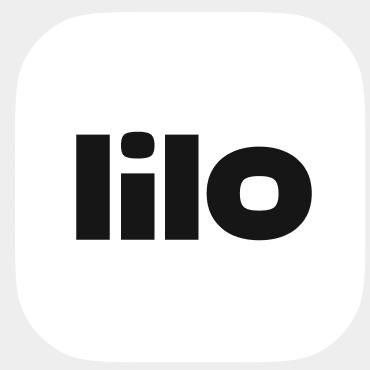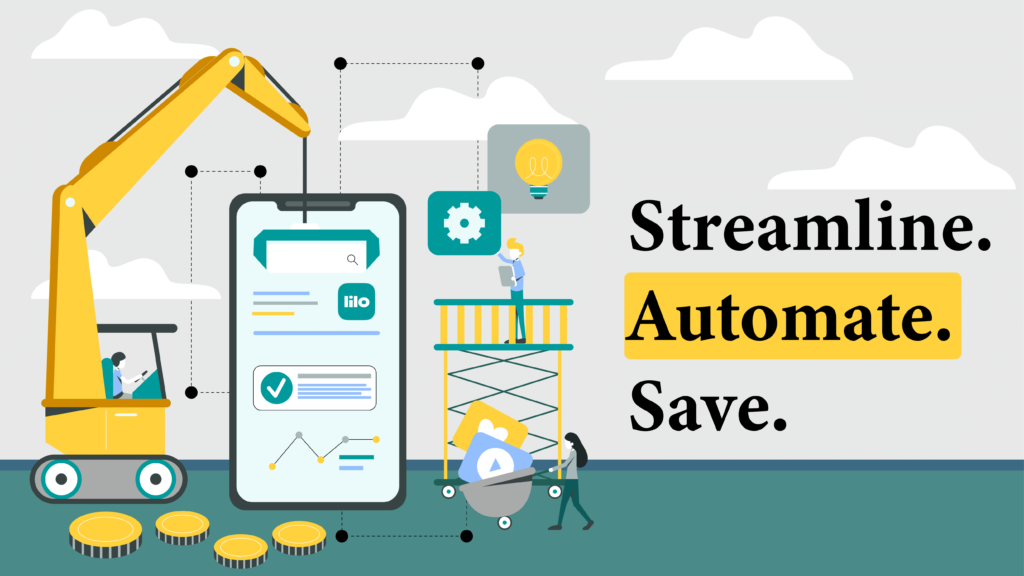A structured approach to acquire goods and services, Procurement-as-a-Service leverages cloud computing, AI, sector-specific procurement expertise, and associated services (e.g., market research, vendor vetting, etc.) to drive value for enterprises of different sizes.
Tailored to various industries such as hospitality, healthcare, retail, and construction, the Procurement-as-a-Service model aims to help organizations cut costs, reduce risks, and automate procurement processes from beginning to end.
The Evolution of Procurement Services
Over the past decade, procurement has transitioned from manual processes and complex legacy IT systems with disparate components to generic eProcurement solutions and, now, to dedicated platforms designed to achieve strategic objectives, such as –
- Streamline cash flow and optimize capital
- Automate supplier selection, vendor negotiations, and contracts
- Source quality goods at reasonable rates
- Centralize and standardize procurement processes
- Use data for greater control, visibility, and cost reduction
During the pandemic, various stakeholders in the global supply chain, from suppliers and purchasing organizations to service providers, recognized the limitations of traditional procurement services when they failed to scale, adjust course or were simply ineffective.
Since a centralized hub with built-in tools for demand forecasting, spend analysis, vendor vetting, process automation, etc., offers greater visibility and control, Procurement-as-a-Service has become a key component of procurement cost reduction strategies across various sectors.
The Global Procurement-as-a-Service Market
Between 2022 and 2030, the global market for this vertical SaaS (Software-as-a-Service) segment is projected to grow from USD 6.15 billion to over USD 13 billion at an annual growth rate of 11.1%.
According to Grand View Research, while the complexity of cloud deployment can hinder market expansion, the cost-saving benefits and the promise of supply chain resilience and process efficiency offered by Procurement-as-a-Service will continue to drive demand.
Although large enterprises account for the largest share (up to 70%) of the global demand for Procurement-as-a-Service, small and medium-sized enterprises (SMEs) are increasingly adopting dedicated procurement SaaS solutions.
As SMEs seek to make quick, data-driven decisions and streamline procurement processes from selection and sourcing to transaction and analysis, the demand for tailored, platform-driven services is expected to grow in the global SME sector.
Procurement-as-a-Service: A Strategic Add-On?
Procurement-as-a-Service is fast evolving into a strategic asset for organizations because it aligns technology investments with business objectives. It consolidates procurement processes and leverages economies of scale to drive down the total ownership costs and minimize redundancies.
A key advantage of this model is its ability to mitigate risks associated with traditional procurement methods. Inadequate software tools, for instance, lead to security issues, data silos, and missed integration opportunities.
Here is a quick overview of the advantages that make Procurement-as-a-Service a valuable add-on:
- Eliminate reliance on inadequate or outdated software that can lead to operational inefficiencies.
- Prevent the creation of isolated data systems
- Ensure proper vetting and selection of suppliers
- Avoid low quality goods and unreliable vendors
- Reduce costs by leveraging bulk purchasing and centralized procurement strategies
- Mitigate the impact of supply chain interruptions by diversifying sourcing
- Streamline procurement processes and minimize delays & redundancies
From supplier selection and contract negotiation to invoice processing, payment, and reordering, Platform-as-a-Service offers a holistic approach to managing the procurement lifecycle.


